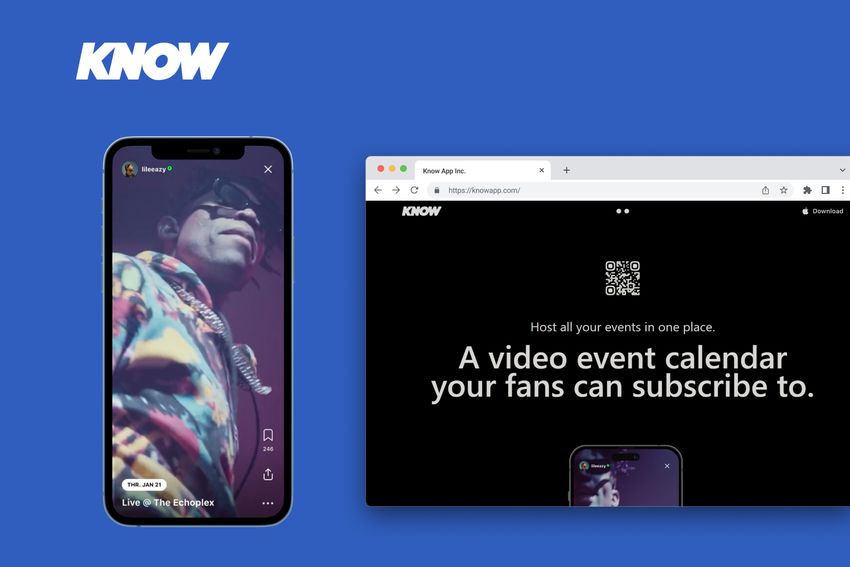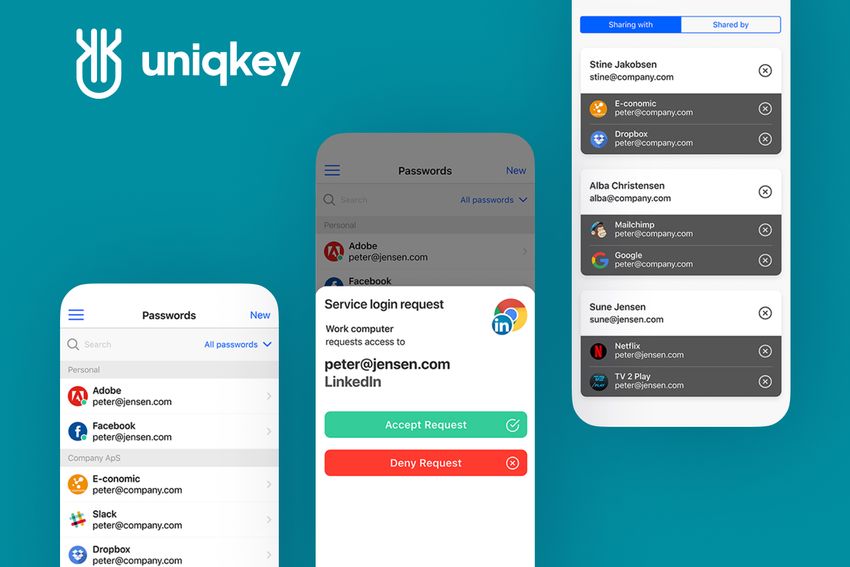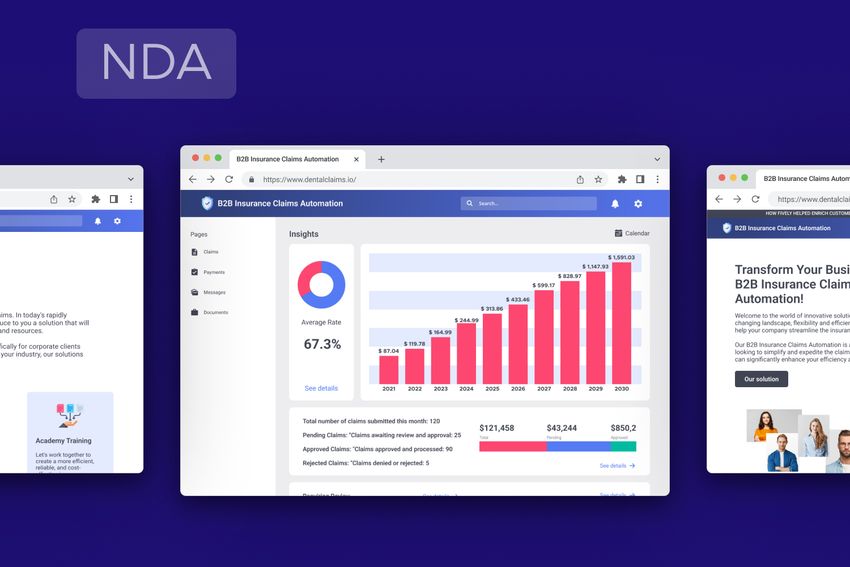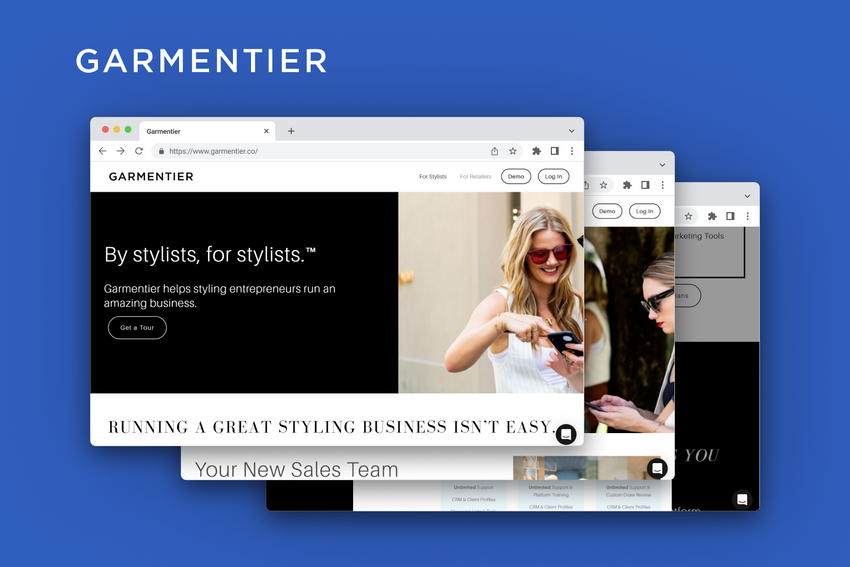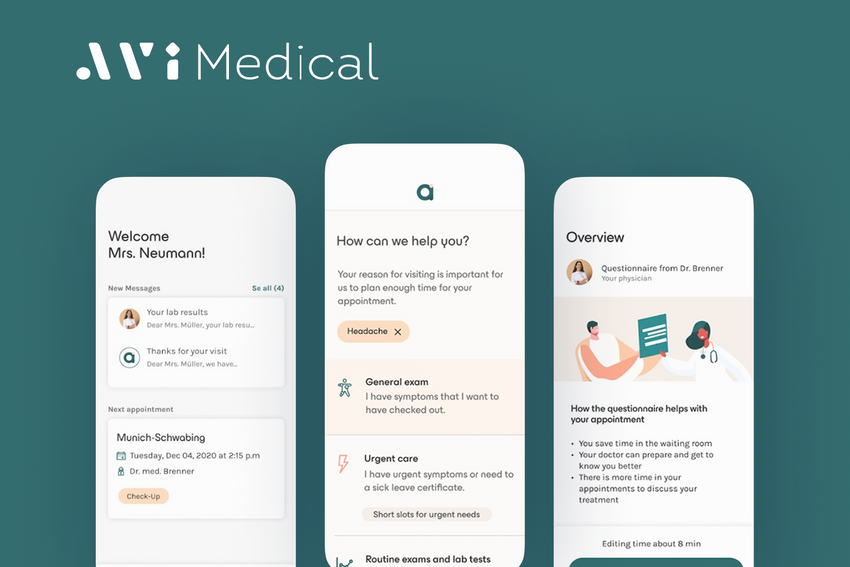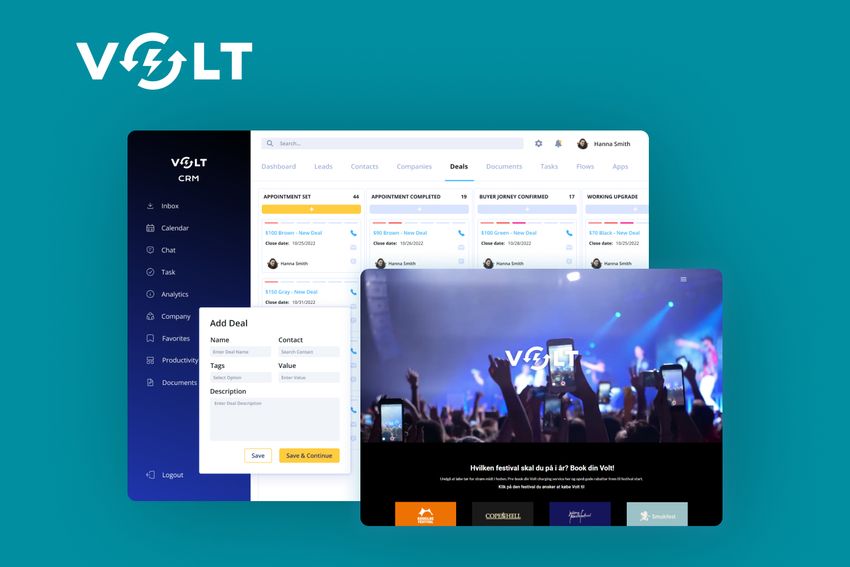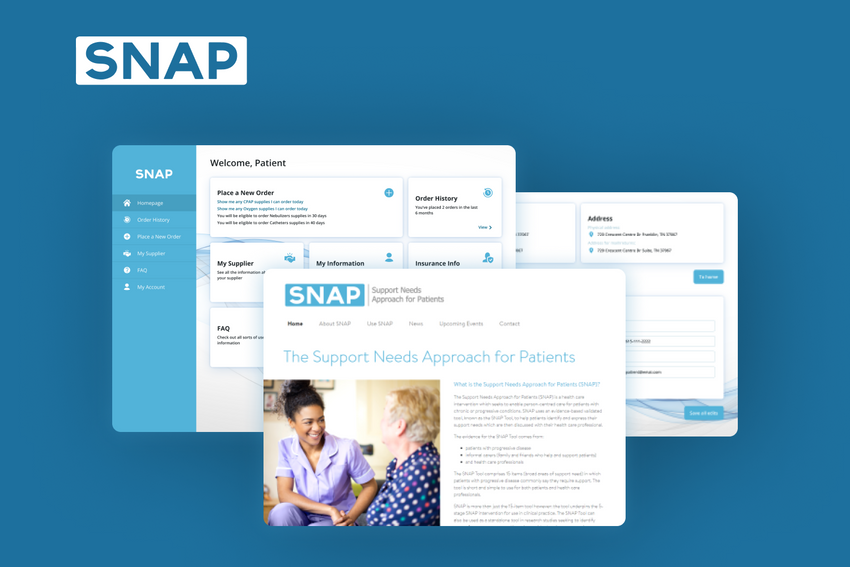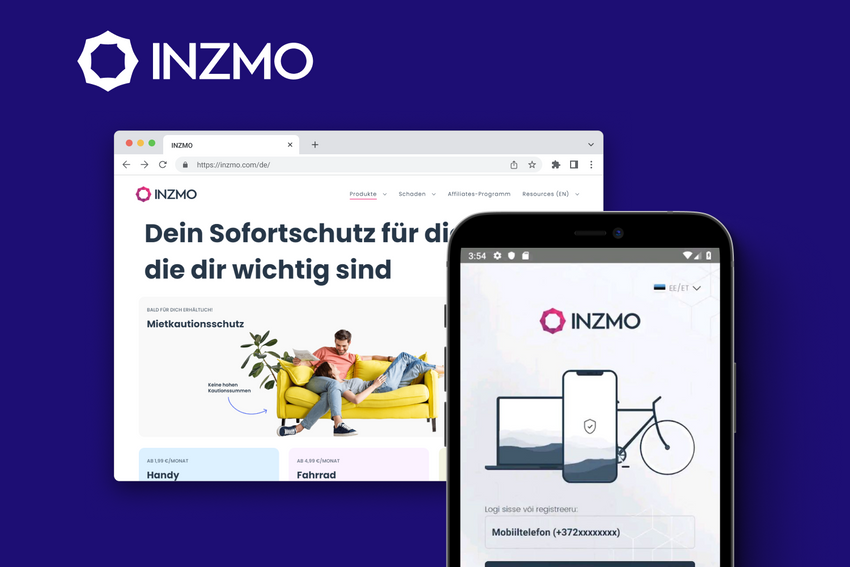Top Future-Proof Web App Ideas to Build in 2025
Explore the best web application ideas in 2025 with the types, pros, and cons of each app, and get expert guidance on how to choose the right idea for your business success.
2025 isn’t about reinventing the wheel but upgrading it with AI, automation, and seamless user experiences. If you want to launch a product that sticks, solves real problems, and scales like crazy, a smart app is still one of the best bets.
But with the market evolving fast, what should you build?
In this article, we’ve gathered the most in-demand, innovative, and future-ready web app development ideas you can start building today — from AI-powered SaaS tools to niche platforms reshaping how we work, learn, and live.
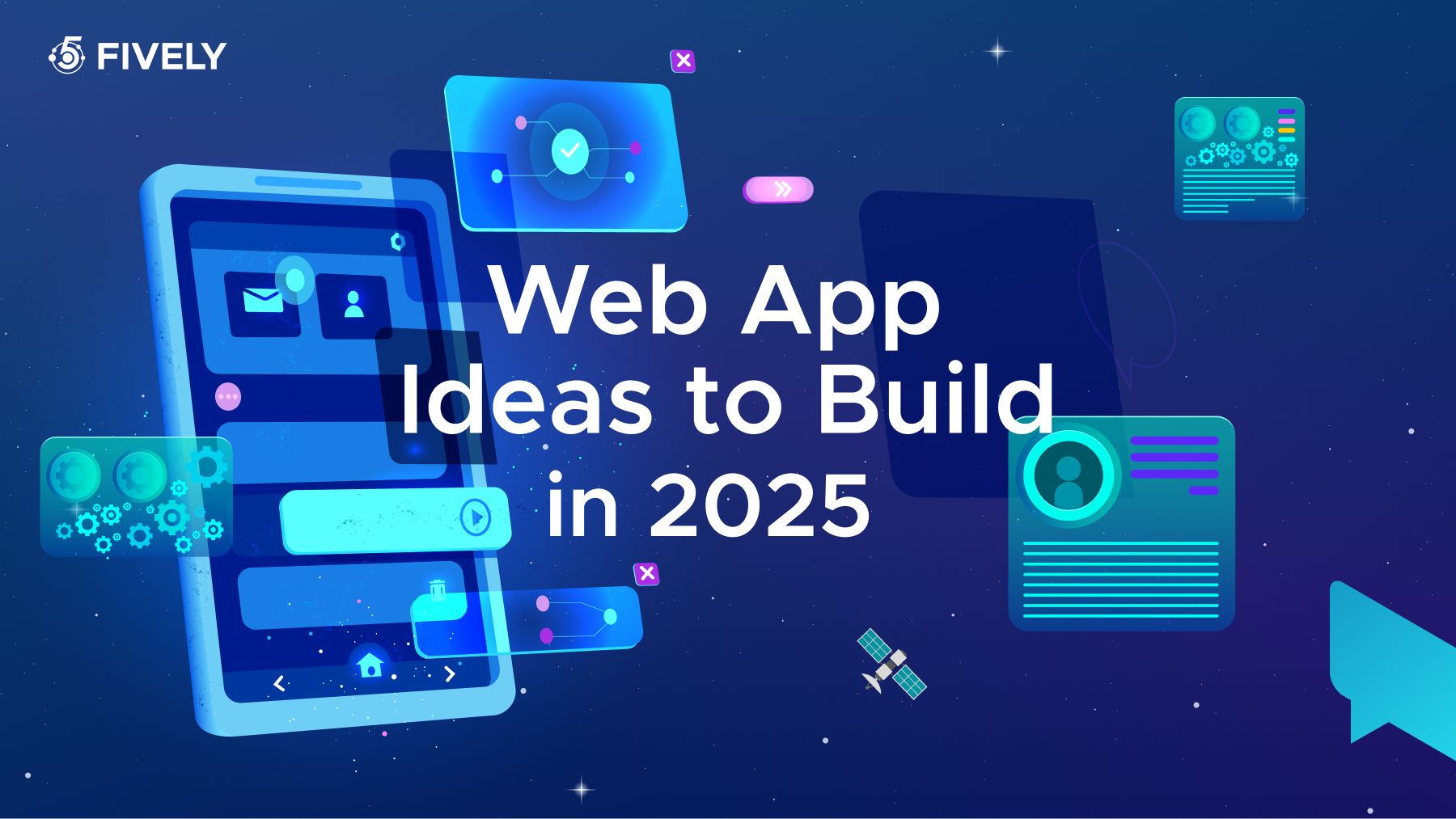
Let’s dive into the smartest web app concepts for 2025 — built for scale, designed for impact!
What Are Web Apps?
A web app is a software application that runs in your browser, just like a website, but behaves more like a native app. Unlike traditional websites that just display information, such apps are interactive, dynamic, and built to perform real tasks for users.
Think of platforms like Notion, Trello, Canva, or Spotify Web — they don’t just show content; they let you create, manage, stream, and collaborate in real time. That’s the power of a web app.
💡 Key Characteristics of Web Apps:
- Accessible via browser (no installation required)
- Cross-platform — works on desktops, tablets, and phones
- Real-time interaction with dynamic content and APIs
- Often built using modern frameworks like React, Vue, Angular, and backed by cloud-based services
Web apps offer the perfect mix of speed, scalability, and flexibility, which makes them an ideal format for startups, SaaS platforms, marketplaces, and enterprise tools in 2025 and beyond.
Ready to explore the top web app ideas that will thrive this year? Let’s go!
15 Top Web App Ideas in 2025
We’ve gathered these future-ready web application ideas that are aligned with user demand, tech trends, and real-world utility:
1. VR Fitness Training Web App
With the rise of at-home workouts and VR tech, a web app that brings immersive fitness to users without requiring expensive gear is a win. This app can offer motion-based workouts, posture correction through webcam analysis, and AI-generated routines based on personal goals. Add gamification, challenges, and social leaderboards to make it stickier. Integrating with smartwatches or fitness trackers can unlock even more insights for users.
2. Personalized Travel Planner
Forget generic itineraries — this app crafts personalized trips with real-time data on weather, traffic, costs, and local events. Users can input their preferences (adventure, culture, food, relaxation), and the platform auto-generates a day-by-day plan. It can sync bookings, suggest packing lists, and even integrate a budgeting module. Group trip features like collaborative editing and split expenses make it great for families or friends traveling together.
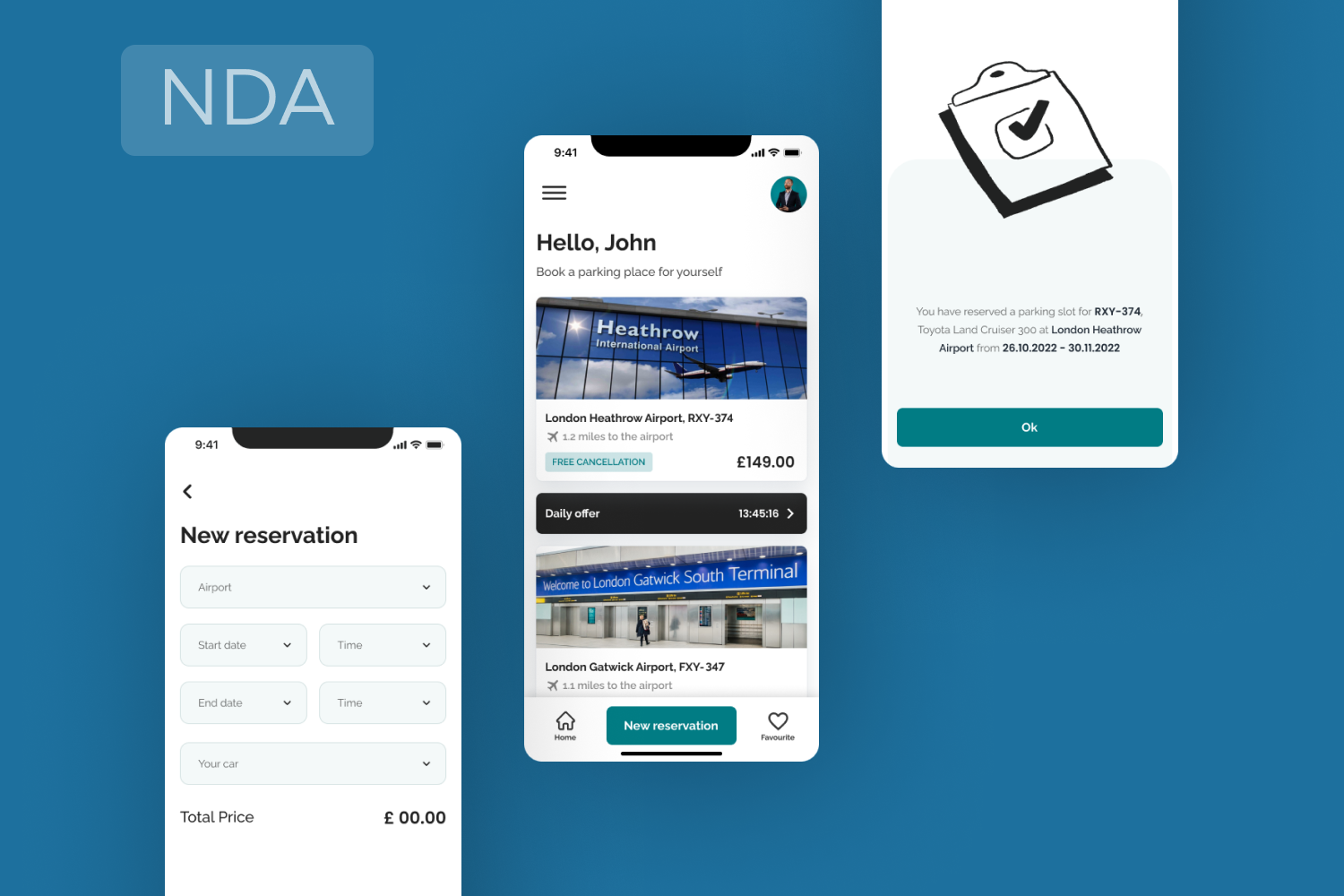
3. Skill-Sharing App with Live Sessions
This app turns everyone into a teacher or learner. Users can host or join interactive video sessions, access shared boards or coding environments, and record lessons for reuse. A rating system, topic-specific forums, and built-in payment options create a thriving micro-education economy. It’s ideal for freelancers, coaches, and hobbyists looking to monetize their knowledge or learn flexibly from real humans.
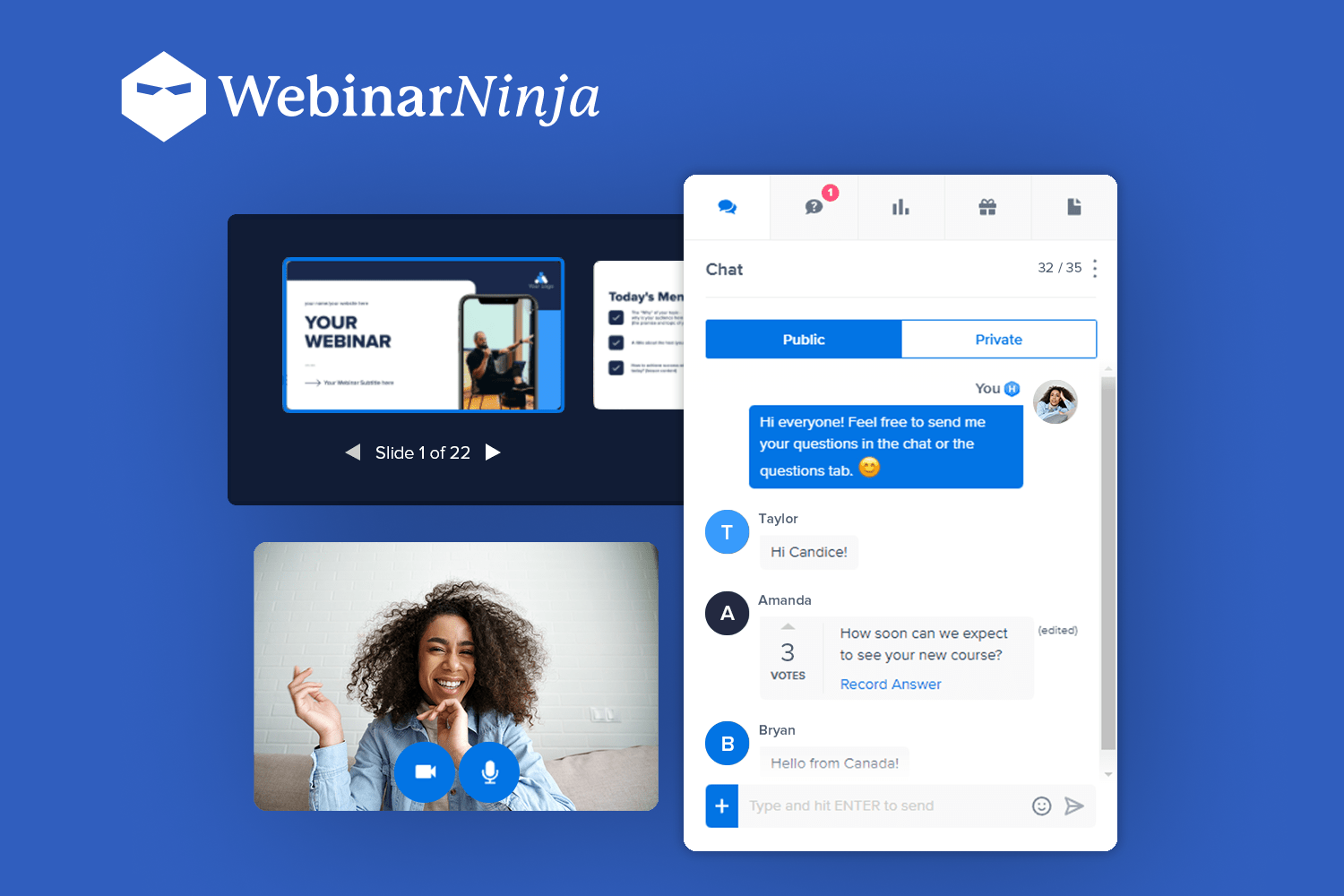
4. Workflow Management App for Remote Teams
With remote work here to stay, companies need smarter tools to manage async collaboration. This app combines task tracking, project mapping, file sharing, and messaging—all in one workspace. Unlike bloated enterprise tools, it can be minimal, fast, and user-friendly, with options to white-label for agencies or niche industries. Add calendar sync, productivity heatmaps, and Slack/Zoom integration to make it truly plug-and-play.
5. Smart Restaurant Reservation System
Give local restaurants a boost with a system that goes beyond booking. This app allows diners to pre-order meals, get notified about quiet times, and request favorite seating. Restaurants get analytics on peak hours, menu popularity, and customer behavior. Include a loyalty program, SMS confirmations, and calendar sync for customers, while making the backend easy for restaurant staff to use on tablets or phones.
6. Second-Hand Goods Exchange Platform
Sustainability is in, and people want safer, smarter ways to resell items locally. This platform allows users to list items, chat securely, rate buyers/sellers, and even schedule pickups or drop-offs. Add niche filters (e.g., baby clothes, tools, hobby gear), AI-powered pricing suggestions, and fraud detection tools to build trust. Monetize via featured listings, local ads, or small commission on in-app payments.
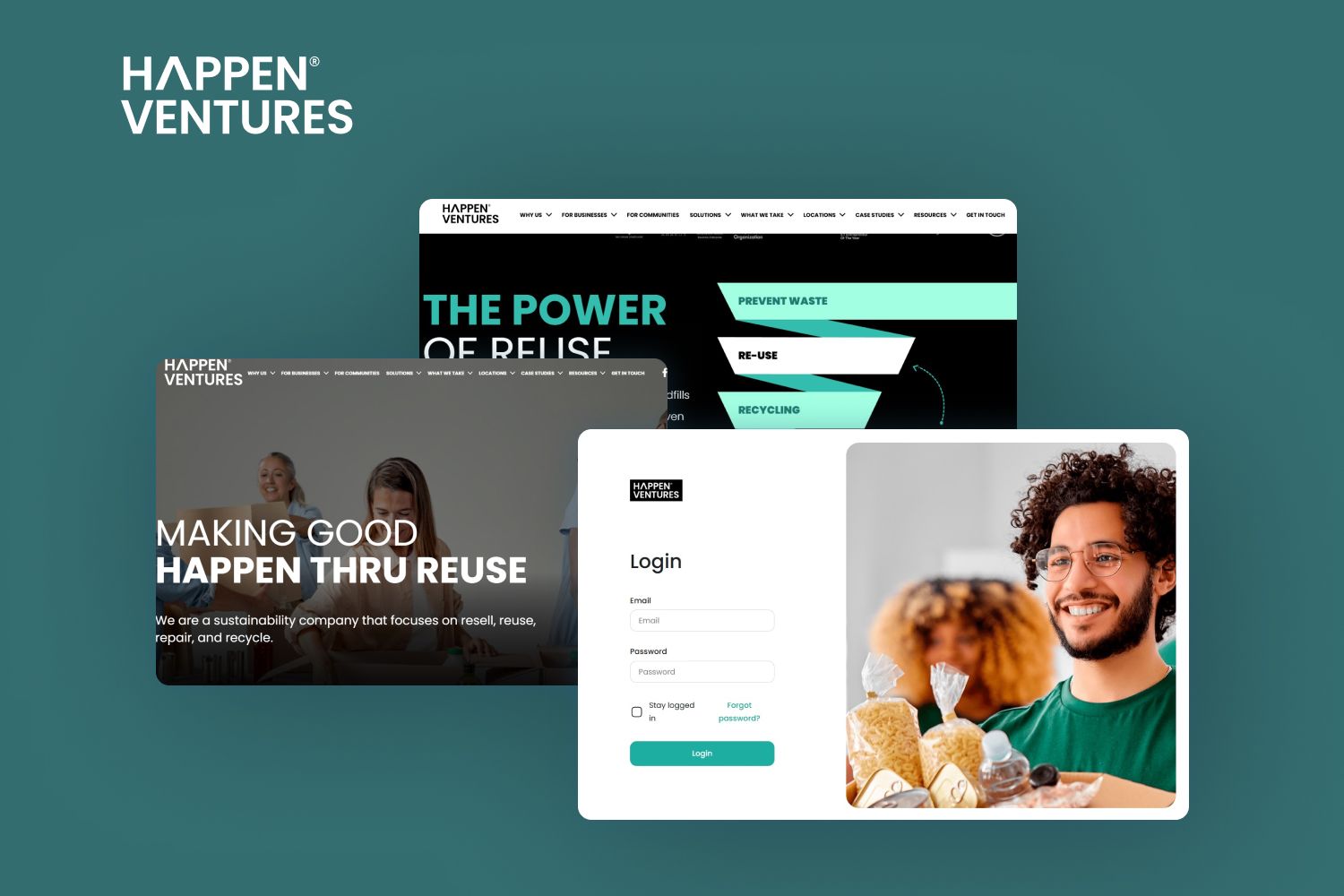
7. AI-Powered Resume Reviewer Web App
Job seekers often struggle to optimize their resumes. This app lets them upload a resume and get instant feedback on formatting, keyword density, tone, and grammar—tailored to the job they’re applying for. With ATS optimization, AI job match suggestions, and export-to-PDF templates, it becomes an all-in-one personal career assistant. Ideal for students, career switchers, and freelancers entering new markets.
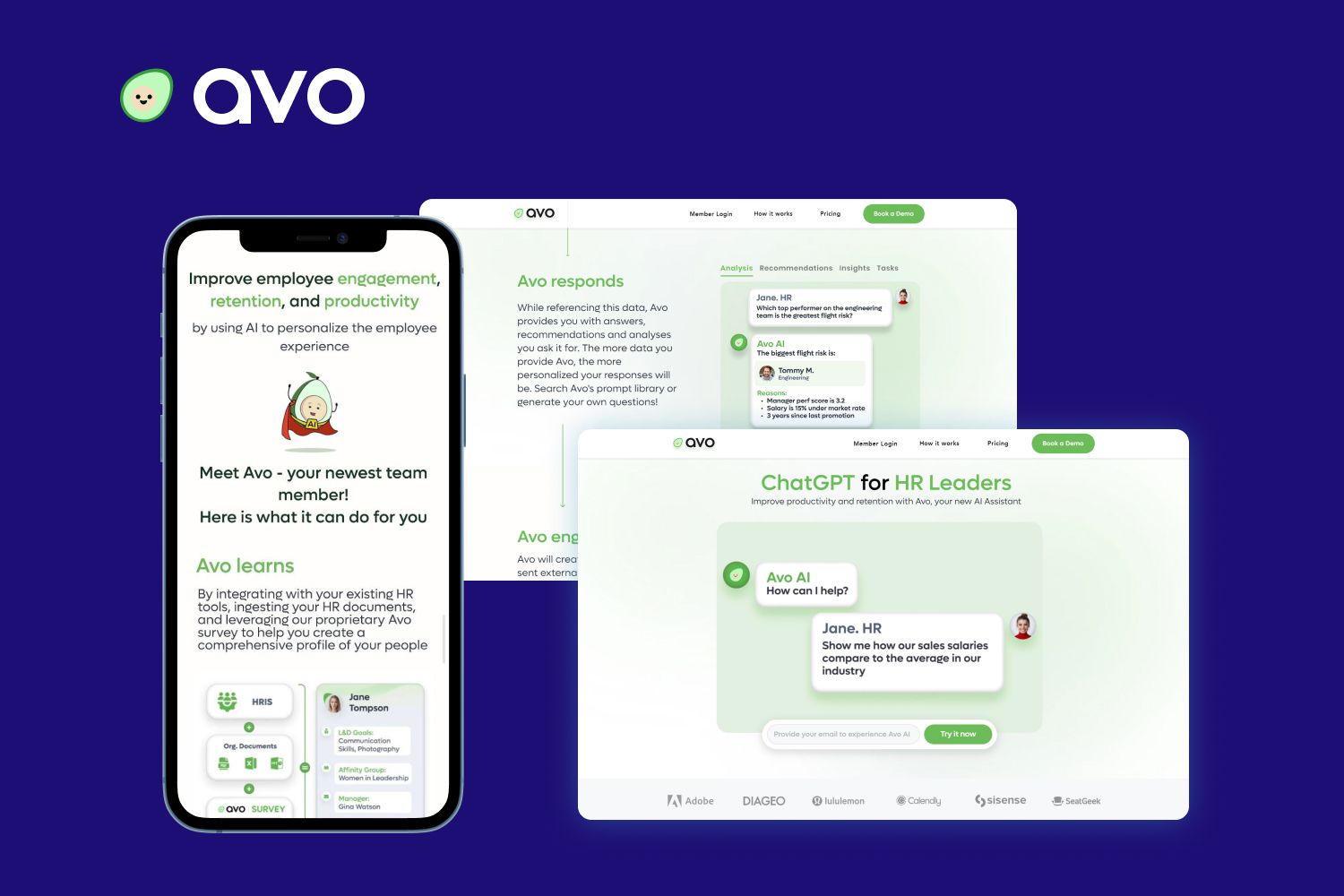
8. AI Browser Cookies Dashboard App
Data privacy is no longer optional. This tool gives users a clear view of who’s tracking them, how, and why—right from the browser. It can show risk scores, suggest cookie blocking rules, and offer toggles for privacy preferences by site or category. Bonus points for educating users with simple visualizations, alerts when tracking increases, and a built-in VPN or ad blocker integration.
9. Web-Based Health Monitoring App
This app turns health tracking into a habit. It can sync with wearables or allow manual inputs for sleep, exercise, nutrition, and stress levels. AI detects trends (like poor sleep after certain foods), alerts users about potential red flags, and recommends routines. Add community features like challenge groups or mindfulness exercises, and integrate it with telemedicine for a complete wellness platform.
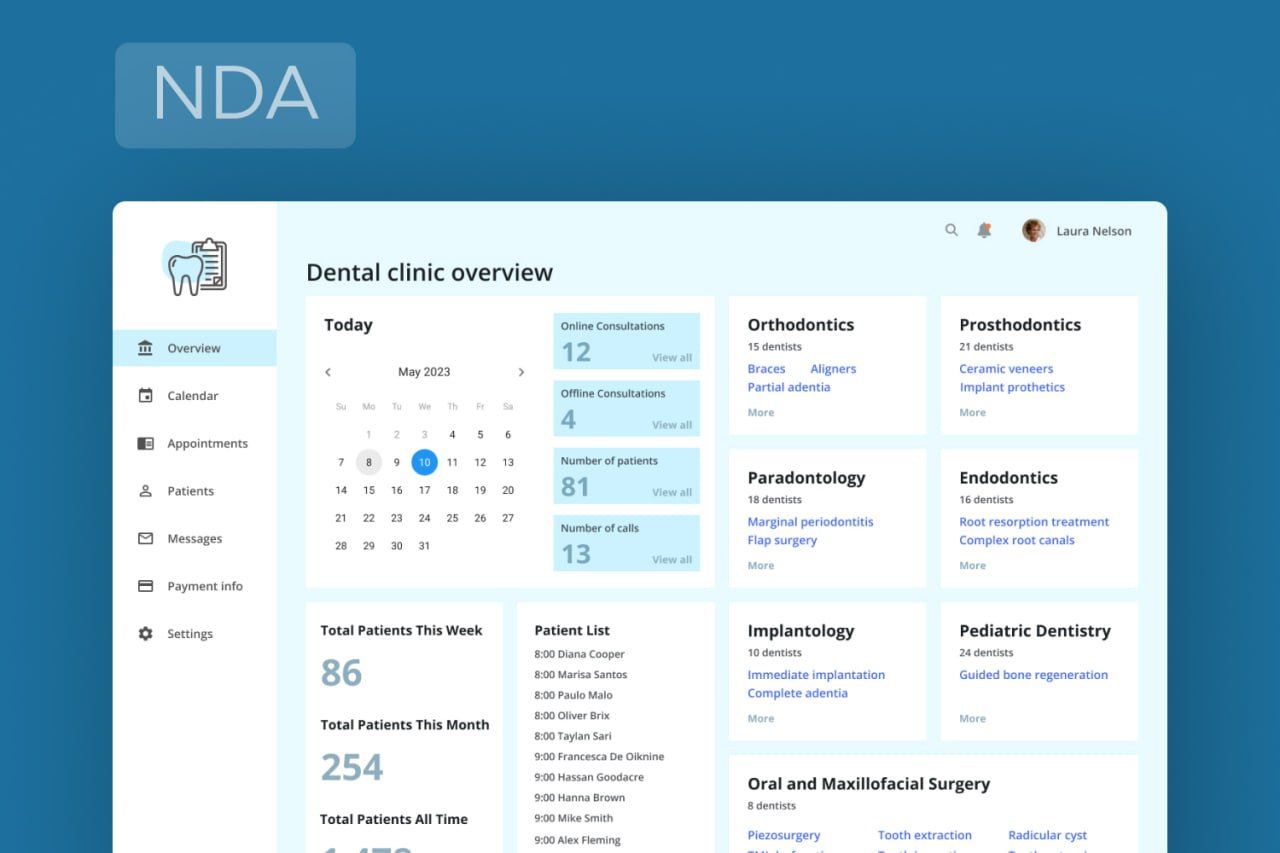
10. Book Review and Reading Tracker Web App
For book lovers, this is Goodreads reimagined. Let users build collections, rate books, write reviews, and track their yearly reading goals. AI can recommend new books based on mood, genre, or themes. Integrate author Q&As, community challenges (like “read 5 books by women authors”), and gamified achievements. Perfect for casual readers, educators, and niche literary communities.
11. AI Recipe Recommender App
Imagine a smart cooking assistant that helps you whip up a meal with what’s already in your fridge. This app recommends recipes based on available ingredients, dietary needs, and even cooking skill level. It offers AI-powered substitutions, voice-guided cooking steps, and optional meal planning. Integrate shopping lists and grocery delivery for monetization and increased user retention.
12. Price Tracker App for Online Shopping
A must-have for deal hunters, this tool lets users monitor product prices across marketplaces like Amazon, eBay, and Walmart. It shows price history, predicts when prices will drop, and sends alerts on discounts. Add features like wishlist import from browsers, cashback integrations, and comparison widgets. Monetize through affiliate links and pro accounts with unlimited tracking.
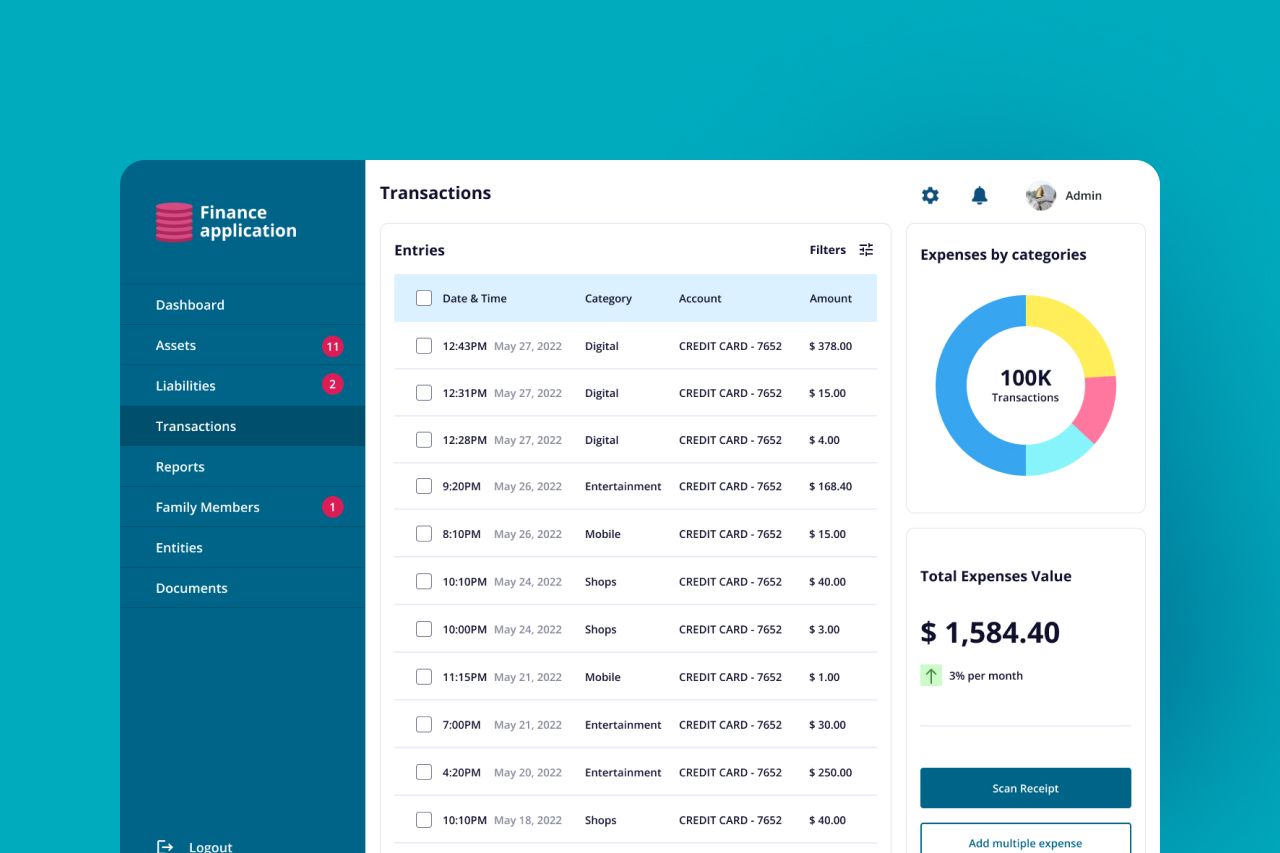
13. Interior Design Collaboration Web App
Upload a room photo and start redesigning it virtually. This app lets users experiment with colors, furniture, decor, and lighting. Interior designers can invite clients to collaborate in real time, leave comments, or simulate day/night lighting. 3D previews and AR integration bring ideas to life, while marketplace integration allows users to buy featured products directly from the design.
14. Automated Chatbot Builder for Small Businesses
Not every business has the dev power to build a smart chatbot—this app solves that. Drag-and-drop interfaces let users create flows for customer support, sales, or FAQs. Natural language processing improves responses over time. Pre-built templates for restaurants, eCommerce, healthcare, and real estate make it fast to launch. Monetize via subscriptions and offer analytics for performance tuning.
15. Eco-Friendly Ride-Sharing App
Designed for schools, companies, and local communities, this app helps reduce carbon footprints with coordinated rides. Users create or join ride pools, track emissions saved, and earn badges or points for green behavior. Built-in maps, route optimization, and user verification ensure safety and convenience. Add company dashboards to track participation and ESG impact for enterprise use.
Types of Web Applications
Before choosing what kind of web app to build, it’s essential to understand the different types available today. Each one serves a different purpose, has its own pros and cons, and is suited to specific use cases.
Static Web Application
A static web app consists of fixed web pages with content that doesn’t change unless manually updated. They are fast, secure, and easy to deploy, but not interactive.
- Use Cases: Portfolios, personal blogs, landing pages, documentation sites.
- Tech Stack Examples: HTML, CSS, JavaScript, GitHub Pages, Netlify.
Dynamic Web Application
Dynamic apps are server-side rendered and can deliver different content and functionality based on user interaction, database input, or external APIs.
- Use Cases: Social media platforms, content management systems, online booking systems.
- Tech Stack Examples: PHP, Node.js, Django, Ruby on Rails, MySQL, PostgreSQL.
Single-Page Application (SPA)
SPAs load a single HTML page and dynamically update the content as users interact with the app—without full page reloads. This makes for a smooth, app-like experience.
- Use Cases: Email clients, project management tools, dashboard apps.
- Tech Stack Examples: React, Vue.js, Angular, REST or GraphQL APIs.
Progressive Web Application (PWA)
PWAs combine the best of web and mobile mobile app development approaches. They work offline, are installable like native apps, and offer push notifications, background sync, and blazing speed.
- Use Cases: E-commerce platforms, news sites, streaming services, task managers.
- Tech Stack Examples: React/Vue + Service Workers + Web App Manifest + IndexedDB.
Choosing the right type of application depends on your project’s complexity, target audience, performance goals, and the features you want to offer.
Advantages of Web Apps
Web applications continue to dominate the digital landscape — and for good reason. From flexibility to cost-effectiveness, they offer clear advantages over traditional desktop or native mobile applications.
Cross-Platform Compatibility
These apps are accessible from any device with a browser—whether it’s a smartphone, tablet, or desktop. This means you can build once and run everywhere, avoiding the need for separate iOS, Android, and desktop versions: you save time, reduce maintenance, and deliver a consistent user experience across platforms.
Support Instant Updates
Unlike native apps, web ones don’t require users to download updates. You can push new features, bug fixes, or UI changes instantly, and users will see them right away the next time they refresh the page: faster iteration cycles, no app store delays, and real-time deployment flexibility.
Lower Development Costs
Such apps typically require fewer resources to develop, test, and deploy compared to native apps. You only need one codebase, fewer developers, and less infrastructure overhead: it’s ideal for startups and small businesses looking to launch MVPs or scale with limited budgets.
These advantages make web apps a powerful, scalable, and cost-effective option for modern product development, especially when combined with frameworks like React, Vue, or Svelte, and cloud-native deployment.
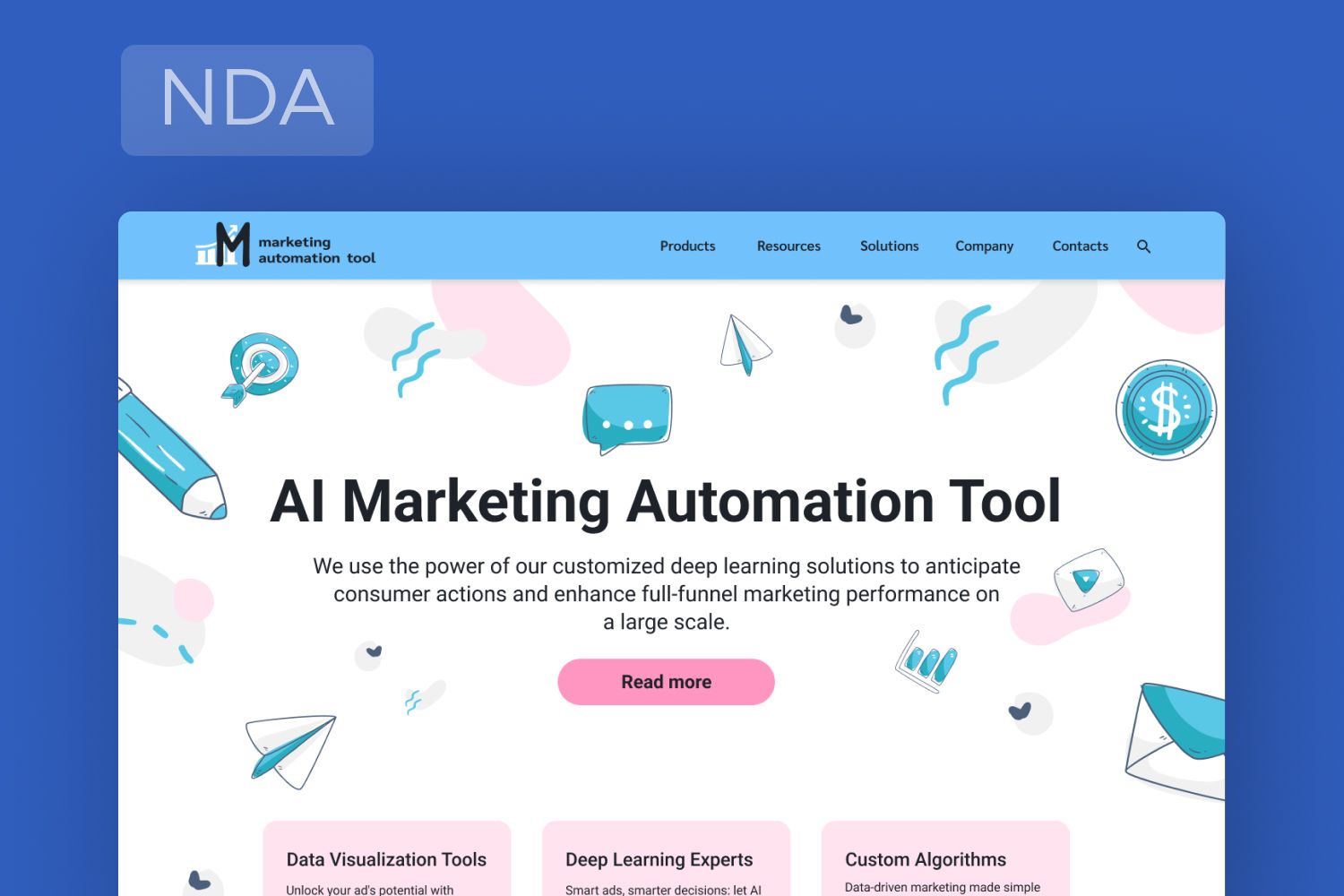
Disadvantages of Web Apps
While web-based application ideas can offer you speed, flexibility, and cross-platform access, they aren’t perfect for every use case. Here are a couple of key limitations to keep in mind before diving into development:
Limited Offline Functionality
Unlike native apps, most web apps rely on an internet connection to function. While Progressive Web Apps (PWAs) can work offline to some extent using cached data, true offline interactivity and complex background processes are still limited.
If your app is meant to work in low-connectivity environments — like fieldwork, rural areas, or travel — you’ll need to plan for offline-first design or consider hybrid/native options.
No App Store Support
These apps don’t get listed on app stores by default, which can limit discoverability. While PWAs can be installed on devices and even added to home screens, they won’t benefit from App Store SEO, reviews, or exposure that native apps do.
If your marketing strategy depends on app store visibility or paid downloads, a web app may need extra promotion or hybrid deployment.
Despite these drawbacks, the flexibility, speed of development, and cost-effectiveness of web apps make them a strong choice for most use cases—especially if discoverability and offline access aren’t dealbreakers.
How to Choose the Right Web App Idea in 2025
With dozens of trending web app development ideas floating around, it’s easy to get overwhelmed. But here’s the truth: the best web app idea isn’t just “cool” — it solves a real problem for a real audience.
To help you choose wisely, here’s a checklist of what to consider before you start coding:
1. Define Your Audience and Their Pain Points
Start with who you’re building for. Is it students? Remote teams? Freelancers? Parents?
Dig into the daily frustrations or unmet needs they face—your best idea lives there. Also, talk to your potential users before writing code. Validate the need, not the feature.
2. Leverage Your Strengths
Choose an idea that aligns with your team’s domain knowledge, technical strengths, or existing assets. If you're great with AI or design systems—lean into that advantage. Build where you already have momentum.
3. Consider Monetization Potential
How will the app earn money? Freemium? Subscriptions? Affiliate revenue?
A great idea without a path to revenue can quickly become a side project instead of a business. Make sure your idea has long-term viability, not just novelty.
4. Start with an MVP-Sized Scope
Your first version doesn’t need to change the world—it needs to prove the concept. Choose ideas you can test, ship, and iterate on fast. Focus on solving one clear problem brilliantly before expanding.
5. Analyze the Competition
Don’t fear competitors — study them. What are they missing? What do users complain about? That’s your entry point. Look for gaps in UX, pricing, integrations, or niche focus. Competing in a crowded space is fine if you’re clearly better in one specific way.
6. Choose the Right Tech Stack Early
The wrong stack will slow you down more than the wrong feature set. Plan your tech stack based on your app’s needs:
- For dynamic dashboards → React, Next.js
- For fast prototypes → No-code or low-code tools
- For offline support → PWA + service workers
Choosing the right one among web application development ideas is about combining user value, feasibility, and execution speed. Pick one idea, validate it quickly, and build with confidence — 2025 is full of opportunity for those who move smart and fast.
The Future Is Built on Bold Ideas — Time to Launch Yours!
In 2025, the smartest businesses aren’t just chasing trends — they’re solving real problems with sleek, scalable, and user-focused web applications. Whether it’s AI-powered productivity, personalized experiences, or purpose-driven platforms, the opportunity to build something impactful has never been greater.
But ideation is just the beginning. Execution is everything.
At Fively, we specialize in transforming visionary ideas into fully functional, beautifully designed web apps that scale with your business. From MVPs to full SaaS platforms, our team is ready to guide you through every step of the journey—from strategy and design to backend architecture and post-launch growth.
💡 Have an idea? Let’s bring it to life—with code, care, and creativity. Get in touch with Fively and start building the future — your way!
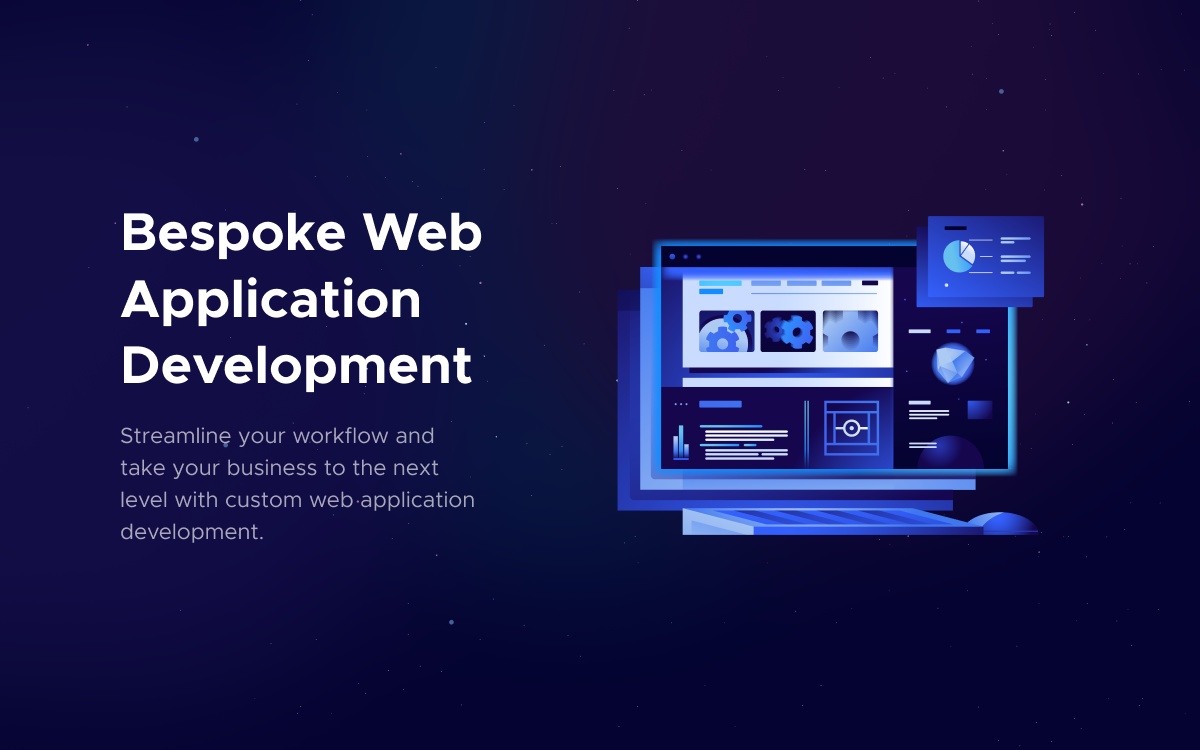
Need Help With A Project?
Drop us a line, let’s arrange a discussion




